Things to Do in Algarve Travel Tips
In the ancient Moorish city of Xelb (now called Silves), a beautiful and sensitive vizier lived. During one of his stays in northern lands, he fell in love with a beautiful Nordic princess. After they got married, he brought her back to the Algarve. Soon the young princess began to jump into the snow-covered hills and valleys of her homeland. The vizier decreed that thousands of almond trees would be planted throughout his kingdom. Since that day, pale white almond blossoms have covered the Algarve in late January and early February. The young princess lived happily ever after in her viziers sunny kingdom, with its smelly artificial winters - or so the story goes.
The maritime province of the Algarve, often called Jardim de Portugal, is the most southwestern part of Europe. Its coastline extends for 160 km from Cape St. Vincent, from Henry the Navigator, to the border town of Vila Real de Santo António, in front of the once hostile Spain. The varied coastline contains slow estuaries, sheltered lagoons, low-lying areas where nesting chickens nest, long, sandy skewers, and headlands that protrude into the white-covered aquamarine foam.
Called Al-Gharb by the Moors, the land south of the mountains of Monchique and Caldeirão remains a spectacular anomaly that looks more like a transplanted section of the North African coast than a piece of Europe. The average temperature is about 60 ° F (15 ° C) in winter and 74 ° F (23 ° C) in summer. The landscape is rich in vegetation: almonds, lemons, oranges, locust beans, pomegranates and figs.
Although most of the Algarves towns and villages are more than 240 km from Lisbon, the great 1755 earthquake shook this area. Entire communities were wiped out; however, many Moorish and even Roman ruins remain. In fret chimneys, mosquito-like domes and cubist houses, a distinct oriental flavor prevails. Phoenicians, Greeks, Romans, Visigoths, Moors and Christians touched this land.
However, much of the historic flavor is gone forever, swallowed by a sea of sad, tall apartments that surround most cities. Years ago, the Portuguese authorities, looking in horror at what happened to Spains Costa del Sol, promised a more limited and controlled development so that they would not make "Spains mistake." This promise, in our opinion, has not been kept.
The Algarve beaches are some of the best in Portugal. Its quality has led to the tourist boom across the south coast, becoming a formidable rival to Spains Costa del Sol and Costa del Sol. There are literally hundreds of beaches, many with public showers and water sports equipment available for rent. Not all beaches are suitable for swimming because some have sea beds or fast currents - watch out for local warnings.
Since about 1965 vast expanses of coastal land have been dug, landscaped, irrigated and reconfigured on golf courses. Many are associated with major real estate developments or resorts, such as the 800-acre Quinta do Lago, where retirement homes are housed in greenery on the banks of fairways. Most are open to qualified golfers who ask in advance.
Many of the old fishing villages - now summer resorts - dot the Algarve coast: Carvoeiro, Albufeira, Olhão, Portimão. The sea is the source of life, as always.
The maritime province of the Algarve, often called Jardim de Portugal, is the most southwestern part of Europe. Its coastline extends for 160 km from Cape St. Vincent, from Henry the Navigator, to the border town of Vila Real de Santo António, in front of the once hostile Spain. The varied coastline contains slow estuaries, sheltered lagoons, low-lying areas where nesting chickens nest, long, sandy skewers, and headlands that protrude into the white-covered aquamarine foam.
Although most of the Algarves towns and villages are more than 240 km from Lisbon, the great 1755 earthquake shook this area. Entire communities were wiped out; however, many Moorish and even Roman ruins remain. In fret chimneys, mosquito-like domes and cubist houses, a distinct oriental flavor prevails. Phoenicians, Greeks, Romans, Visigoths, Moors and Christians touched this land.
However, much of the historic flavor is gone forever, swallowed by a sea of sad, tall apartments that surround most cities. Years ago, the Portuguese authorities, looking in horror at what happened to Spains Costa del Sol, promised a more limited and controlled development so that they would not make "Spains mistake." This promise, in our opinion, has not been kept.
The Algarve beaches are some of the best in Portugal. Its quality has led to the tourist boom across the south coast, becoming a formidable rival to Spains Costa del Sol and Costa del Sol. There are literally hundreds of beaches, many with public showers and water sports equipment available for rent. Not all beaches are suitable for swimming because some have sea beds or fast currents - watch out for local warnings.
Many of the old fishing villages - now summer resorts - dot the Algarve coast: Carvoeiro, Albufeira, Olhão, Portimão. The sea is the source of life, as always.
Outros Artigos Populares no Blogue
-
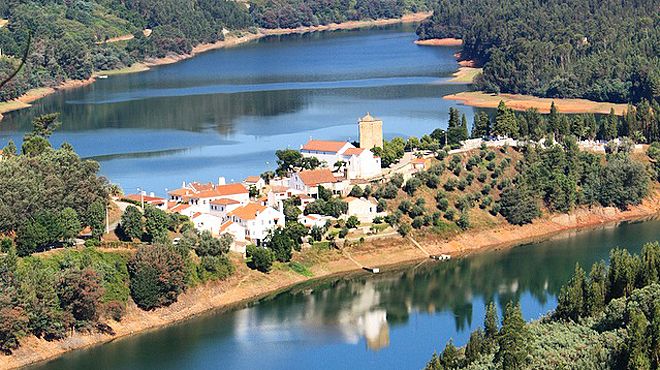

Dornes was considered one of the most beautiful villages in Portugal
The mythical land of Templars, Dornes, on the banks of the river Zêzere, is full of nooks, crannies and secrets to discover. It is one of t... -


The 5 Best Romantic Getaways for Two in Portugal
Cozy and romantic, from north to south, Portugal is the perfect destination for a well-deserved getaway for two. Between picturesque villages, ap... -
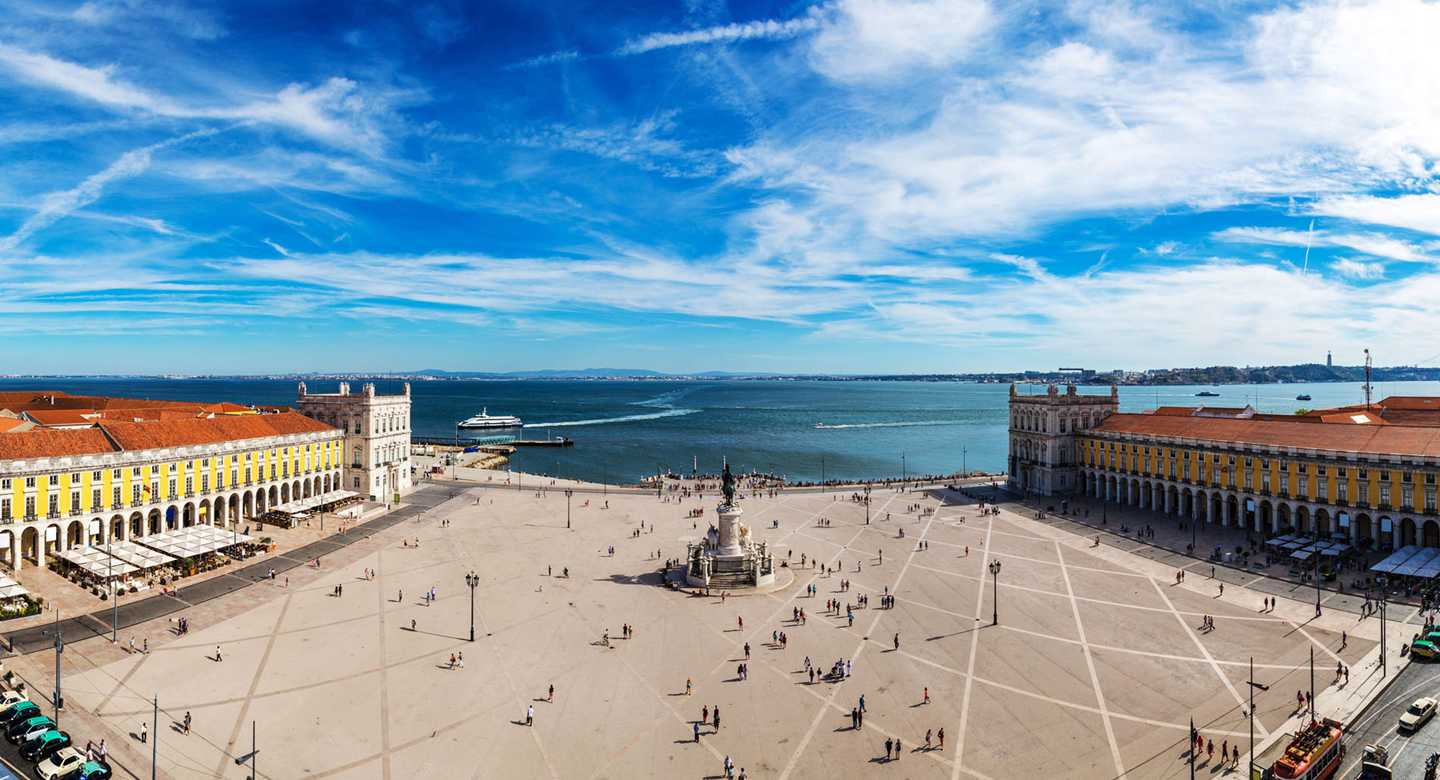

This square is the 12th largest in Europe Portugal in 5th
The Praça do Comércio , formerly the Palace Square , is a square in downtown Lisbon &nbs... -
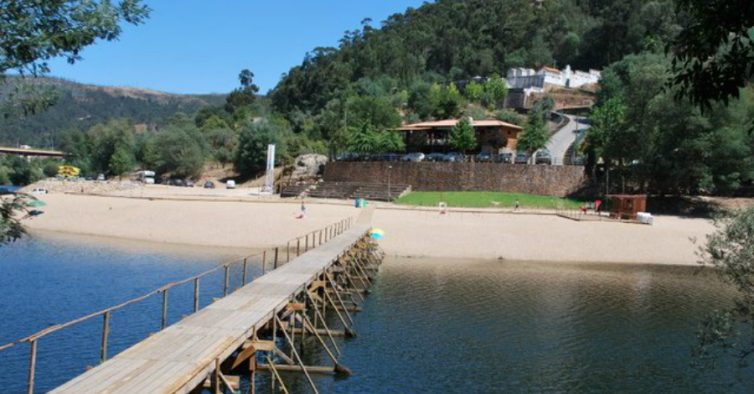

Reconquinho Beach, one of the most beautiful beaches in Portugal
Reconquinho river beach, in Penacova, Coimbra, was highlighted by the National Geographic channel on its website, which considered it one of the nine ... -


The Best European Destination This Year
The Portuguese city is just behind Budapest, Hungary, by only three thousand votes, More than half a million voted in their best European desti... -
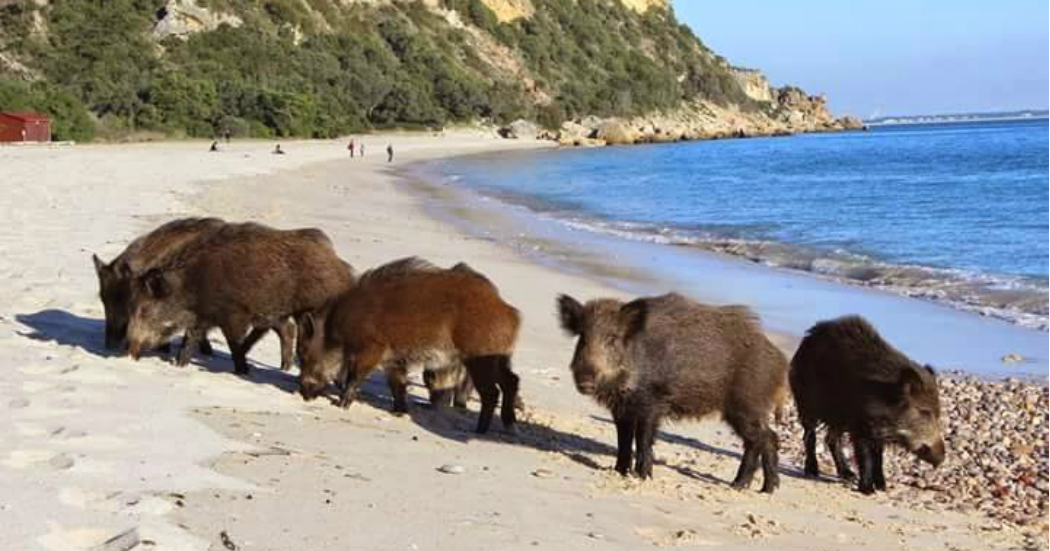

There is a paradise beach in Portugal where wild boars also go for a swim
Serene sea, calm and clear waters, a verdant landscape and shelters among rocks. This is the atmosphere in Galapinhos Beach, Arrábida Natu... -


The best 9 rooftop lisboa Portugal
1- Sky Bar - Avenida da Liberdade 185 Now open all year (finally), the Sky Bar offers an endless view of the city and an almost infinite m... -
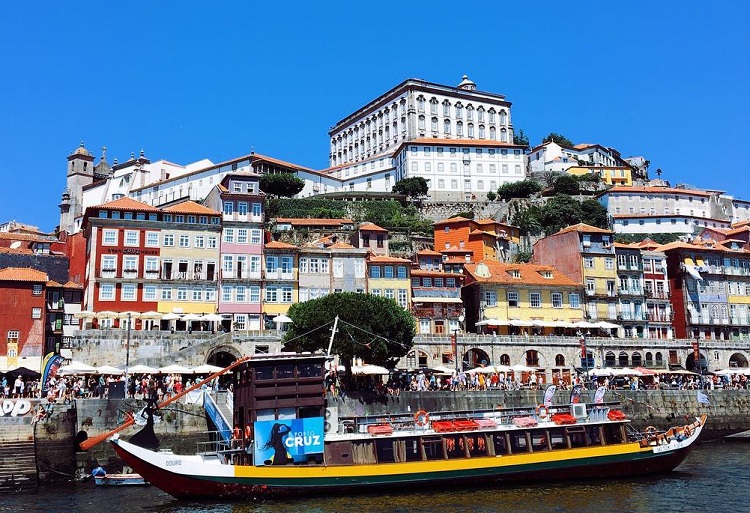

The 8 Best Easter Holidays in Portugal
The celebration of Easter very much marks the traditions of Christian countries, namely Catholics. This is what happens in Portugal, a country of...
